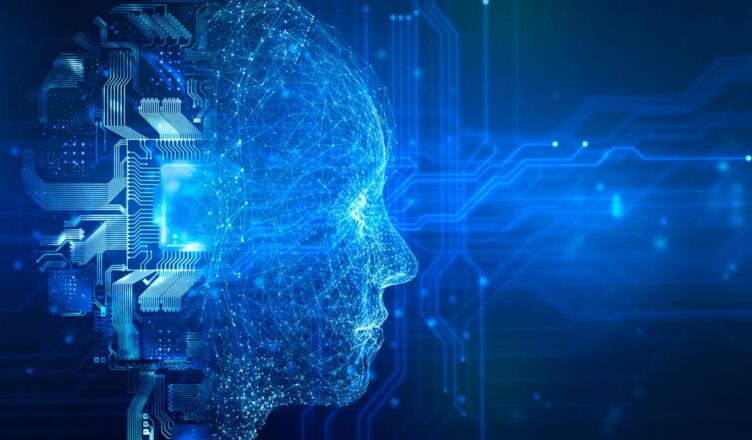The architectural design and visualization world is undergoing a profound transformation thanks to the integration of artificial intelligence (AI) video generators. These innovative tools revolutionize how architects, designers, and clients perceive and interact with architectural projects. By creating immersive and realistic virtual environments, AI-powered video generators are shaping the future of architectural visualization. This article delves into the synergy between AI and architectural visualization, exploring how these technologies redefine how we conceptualize and communicate architectural designs.
The Power of AI Video Generators in Architectural Visualization
Architectural visualization traditionally relied on static renderings and 2D drawings to communicate design concepts. However, the limitations of these methods often left room for interpretation and failed to capture the whole essence of the architectural vision. AI video generators have changed the game by enabling architects to:
- Immerse in Virtual Reality: AI-generated videos transport architects, clients, and stakeholders into immersive virtual spaces. This allows them to experience the architectural design in 3D, providing a deeper understanding of scale, spatial relationships, and ambience.
- Visualize Dynamic Environments: With AI, architects can depict how their designs interact with changing lighting conditions, weather, and even the flow of people. Dynamic videos offer a more holistic representation of how the building will function.
- Experience Day-to-Night Transitions: AI video generator facilitates day-to-night transitions, enabling architects to showcase how a structure transforms aesthetically and functionally under varying lighting scenarios.
- Explore Different Perspectives: AI-generated videos can simulate the experience of walking through a building, offering different perspectives from various vantage points. This level of detail helps in refining design elements for optimal user experience.
Streamlining the Design Process
The integration of AI video generators into architectural visualization enhances the design process in several key ways:
- Real-Time Feedback: Architects can receive immediate design decision feedback by generating videos showcasing proposed changes. This real-time visualization allows for iterative improvements.
- Client Engagement: AI-generated videos make it easier for clients to grasp the design concept. Clients can better visualize how spaces will feel, function, and look, leading to more informed decision-making.
- Design Exploration: AI enables architects to experiment with different design options quickly. By generating videos for various design iterations, architects can assess the pros and cons of each alternative.
- Remote Collaboration: AI-powered architectural visualization facilitates remote collaboration. Design teams, stakeholders, and clients can engage with the design process regardless of their physical location.
Applications Across Architecture
The impact of AI video generators on architectural visualization spans various sectors:
- Real Estate Development: Real estate developers can use AI-generated videos to showcase properties still under construction. This immersive experience helps potential buyers envision the final product.
- Urban Planning: City planners and architects can create videos that visualize how new structures will fit into the urban fabric.
- Interior Design: AI video generators are valuable for interior designers. They can produce videos that demonstrate how furniture, lighting, and materials interact within a space.
- Historical Restoration: For historical restoration projects, AI can help architects visualize how structures might have looked in the past, aiding in accurate restoration efforts.
Navigating Ethical and Aesthetic Considerations
As AI-powered architectural visualization gains traction, ethical and aesthetic considerations come to the forefront:
- Ethical Use: Architects should ensure that AI-generated videos accurately represent the design. Misleading visualizations could lead to discrepancies between expectations and reality.
- Originality and Attribution: When AI generates architectural visualizations, architects must consider how credit is attributed. Acknowledging the collaborative role of AI tools in the creative process is essential.
- Balancing Realism and Imagination: AI video generators excel at creating realistic renderings, but architects must balance realism and the imaginative aspects of architectural design.
Human Expertise and AI Collaboration
The rise of AI in architectural visualization doesn’t diminish the significance of human expertise; it amplifies it:
- Design Conceptualization: Architects provide the initial design concepts, guiding AI in visualizing their creative vision accurately.
- Aesthetic Judgments: While AI can simulate realistic lighting and materials, architects provide aesthetic judgments that elevate the design’s visual appeal.
- Design Innovation: AI video generators offer architects new tools for experimentation and innovation. Architects bring their ingenuity to interpreting AI-generated visuals and refining their designs.
- User Experience Design: Human architects deeply understand how spaces impact human experience. They ensure that AI-generated videos reflect this understanding accurately.
The Future of Architectural Visualization
The potential of AI-powered video generators brightens the future of architectural visualization:
- Enhanced Accessibility: The immersive nature of AI-generated videos makes architectural visualization accessible to clients and stakeholders who may not have a background in design or architecture.
- Design Iteration: AI will continue to enable rapid design iteration and experimentation, allowing architects to explore a broader range of design alternatives.
- Predictive Insights: As AI algorithms evolve, they may provide architects with predictive insights about how design decisions impact energy efficiency, acoustics, and more.
- Sustainable Design: AI can assist architects in visualizing sustainable design elements, such as how natural lighting and ventilation will affect the building’s energy consumption.
In Conclusion AI video generators fundamentally reshape architectural visualization, allowing architects and clients to immerse themselves in dynamic virtual spaces that accurately reflect design concepts. This technology accelerates the design process, enhances collaboration, and empowers stakeholders to make informed decisions. As the architecture field embraces AI, architects play a pivotal role in conceptualizing, refining, and imbuing designs with their artistic and creative vision. The synergy between human expertise and AI’s computational power promises a future where architectural visualization is more immersive, efficient, and aligned with the evolving needs of the built environment.

